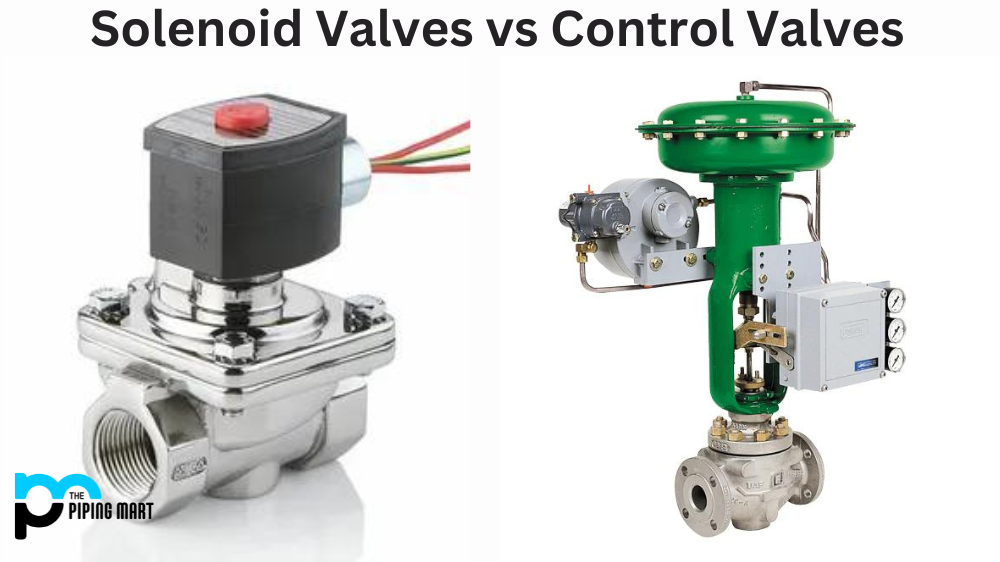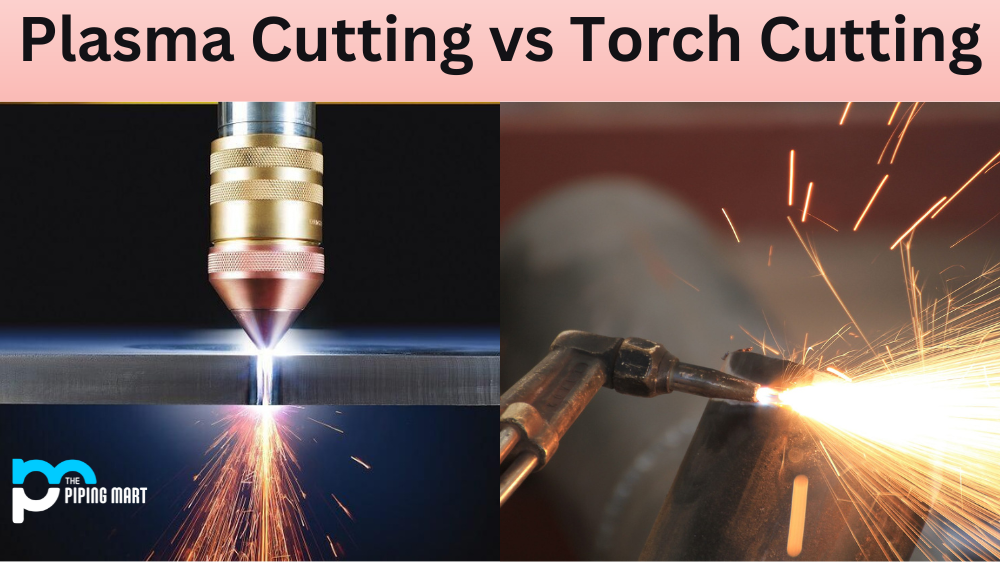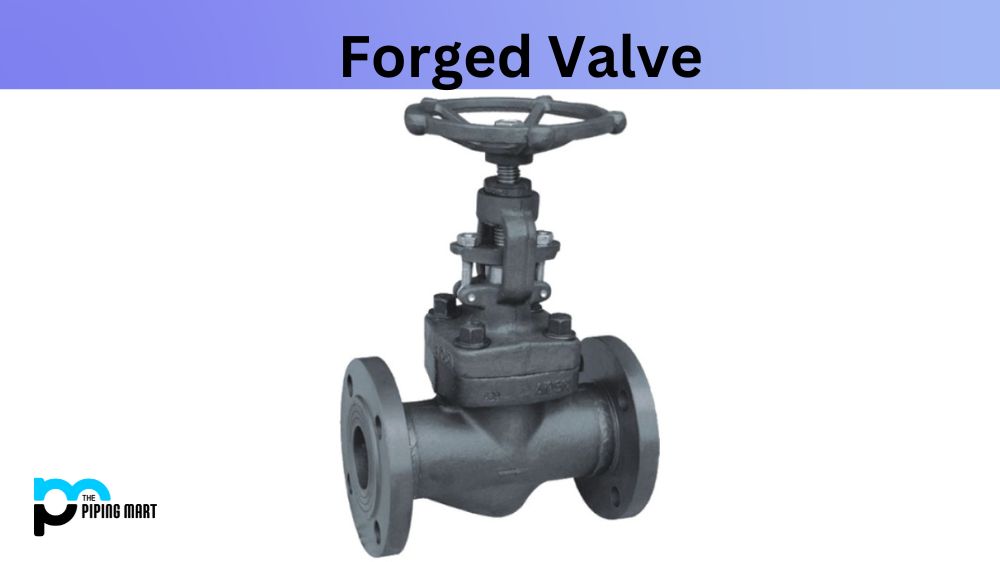Solenoid valves and control valves are both essential components of many industrial applications. But which one is best for your specific application? To help you make the right choice, let’s look at how these two types of valves work, their differences, and how to choose the best valve for your needs.
Solenoid Valve Work
Solenoid valves are electromagnetic-powered devices that open or close when electrical current flows through them. They have two main parts – an armature and a coil. When a current is applied to the coil, it creates a magnetic field that pulls the armature towards it. This movement opens or closes the valve depending on its design.
Solenoid valves can be used in various applications such as fluid control, air processing, and water treatment systems. They are typically used in applications where precise control over flow rate and direction is needed.
Control Valve Work
Control valves are mechanical devices that regulate flow rates by adjusting their position within a system. They are usually opened or closed with either manual or automated actuators such as hydraulic cylinders, pneumatic cylinders, or electric motors. Control valves have several advantages over solenoid valves, including better flow regulation, greater accuracy in controlling pressure, better heat resistance, and longer life spans due to their ability to handle higher pressures.
Control valves can be used in a wide range of industries, including oil & gas production, chemical manufacturing, wastewater treatment plants, food processing plants, and cooling systems, to name a few.
Difference Between Solenoid Valve and Control Valve
- A solenoid valve is an electromechanical device used to control the flow of fluids.
- A control valve is a mechanical device used to control the flow of fluids.
- Solenoid valves are more expensive than control valves.
- Control valves are more durable than solenoid valves.
- Solenoid valves are easier to install than control valves.
Choosing The Right Valve For Your Application
To choose the right valve for your application, you need to consider factors such as pressure rating, temperature rating, size & type of media being handled (fluid/gas/solid), compatibility with other system components (actuators/piping/etc.), installation requirements (space constraints/accessibility), cost-effectiveness and other factors that may be specific to your particular application. Once you have determined what type of valve best suits your needs, you can begin shopping for different models from manufacturers like ASCO Numatics or SMC Corporation.
Conclusion:
While solenoid and control valves play essential roles in many industrial applications, there are distinct differences between them that must be considered when choosing which type of valve best suits your particular application. By considering factors like pressure rating, temperature rating, and compatibility with other system components, you can ensure that you get the most out of whichever type of valve you decide to use in your setup!

Abhishek is a seasoned blogger and industry expert, sharing his insights and knowledge on various topics. With his research, Abhishek offers valuable insights and tips for professionals and enthusiasts. Follow him for expert advice on the latest trends and developments in the metal industry.




